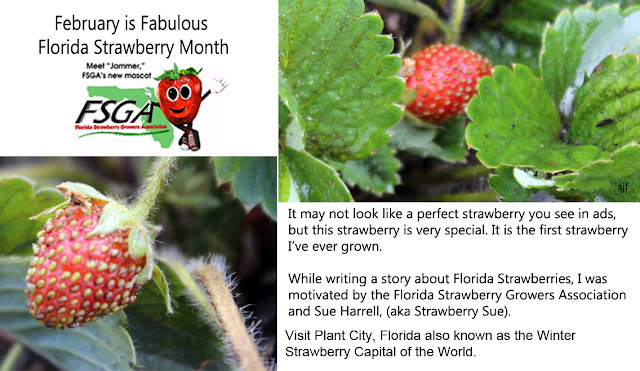Kidney Health for Everyone Everywhere – from Prevention to Detection and Equitable Access to Care
One in ten adults has chronic kidney disease (CKD). The global burden of CKD is increasing and
is projected to become the 5th most common cause of years of life lost globally by 2040. Chronic
kidney disease is a major cause of catastrophic health expenditure. The costs of dialysis and
transplantation consume 2–3% of the annual healthcare budget in high-income countries; spent
on less than 0.03% of the total population of these countries. In low-income and middle-income
countries, most people with kidney failure have insufficient access to life-saving dialysis and kidney
transplantation.
Crucially, kidney disease can be prevented and progression to end-stage kidney disease can
be delayed with appropriate access to basic diagnostics and early treatment. There is a need
to increase the awareness of the importance of preventive measures throughout populations,
professionals, and policymakers.
This year, World Kidney Day continues to raise awareness of the increasing burden of kidney
diseases worldwide and to strive for kidney health for everyone, everywhere.
Acute kidney injury (AKI), an important driver of CKD, affects over 13 million people worldwide and 85% of these cases are found in low and middle-income countries (LMICs). Around 1.7 people are estimated to die annually because of AKI.
Moreover, CKD and AKI are important contributors to increased morbidity and mortality from other diseases and risk factors including cardiovascular disease, diabetes, hypertension, obesity, as well as infections such as HIV, malaria, tuberculosis, and hepatitis. Furthermore, CKD and AKI in children, not only lead to substantial morbidity and mortality during childhood but also result in medical issues beyond childhood.
Challenges to kidney health: disparities & access
Despite the growing burden of kidney diseases worldwide, kidney health disparity and inequity are still widespread. CKD and AKI often arise from the social conditions in which people are born, grow, live, work and age including poverty, gender discrimination, lack of education, occupational hazards and pollution among others.
Transplantation is considered the most cost-effective treatment of CKD. However, it has high set up costs with regards to infrastructure and requires highly specialized teams, availability of organ donors and cannot be done without dialysis backup. Physical and legal infrastructure requirements and cultural bias against organ donation often present barriers in many countries, making dialysis the default option.
However, while national policies and strategies for non- communicable diseases (NCDs) in general are present in many countries, specific policies directed toward screening, prevention, and treatment of kidney diseases are often lacking. More than half (53%) of countries that have an overarching NCD strategy in place have no management guidelines or strategy for improving the care of people with CKD (either specifically or within a broader NCD strategy).
What we call for
This year, World Kidney Day sets out to raise awareness of the high and increasing burden of kidney diseases worldwide and the need for strategies for kidney disease prevention and management.
Kidney Health for Everyone Everywhere calls for universal health coverage (UHC) for prevention and early treatment of kidney disease.
The ultimate goal of a UHC policy is to promote population health by ensuring universal, sustainable and equitable access to essential healthcare of high quality, protecting people from health impoverishment and improving equity in health across socioeconomic groups.
Specifically, WKD calls on everyone to advocate for concrete measures in every country to improve kidney care:
- Encourage and adopt healthy lifestyles (access to clean water, exercise, healthy diet, tobacco control. Many types of kidney diseases can be prevented, delayed and/or kept under control when appropriate prevention measures are in place.
- Make screening for kidney diseases a primary healthcare intervention including access to identification tools (e.g. urine and blood tests). Screening of high-risk individuals and early diagnosis and treatment is cost-effective to prevent or delay end-stage kidney diseases.
- Ensure kidney patients receive basic health services they need (e.g. blood pressure and cholesterol control, essential medications) to delay disease progression without suffering financial hardship.
- Call for transparent policies governing equitable and sustainable access to advanced health care services (e.g. dialysis and transplantation) and better financial protection (e.g. subsidies) as more resources become available. Breaking down socioeconomic barriers and expanding access to comprehensive services in order to meet the needs of the population is essential to guarantee equitable kidney care and increase quality.
6. The Cooking Doc, Blake Shusterman, MD, doctor of nephrology with a passion for food. Shares recipes and tips to help you live a healthy, full life.




























